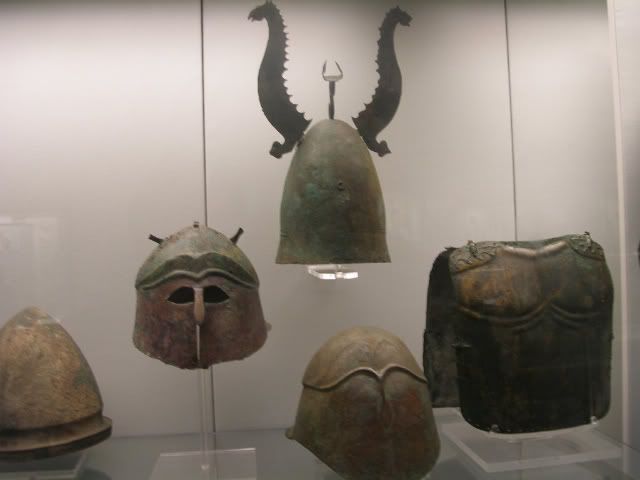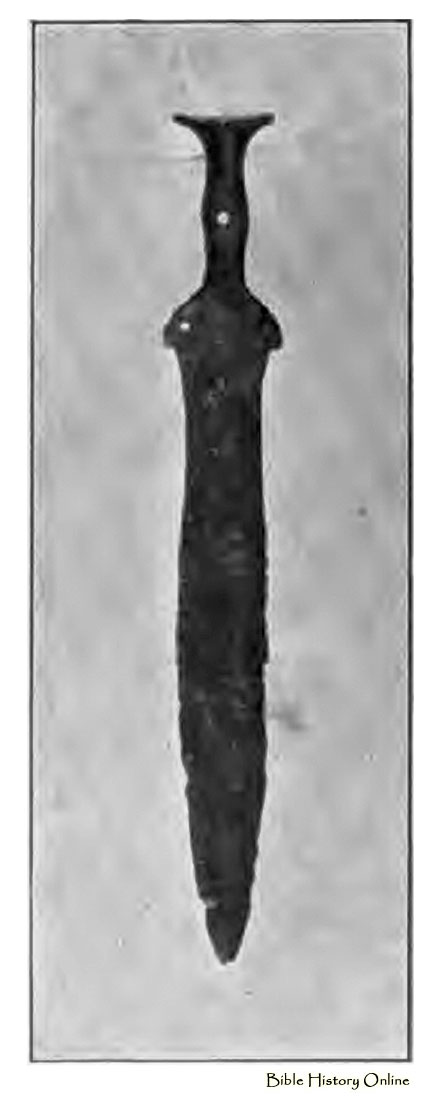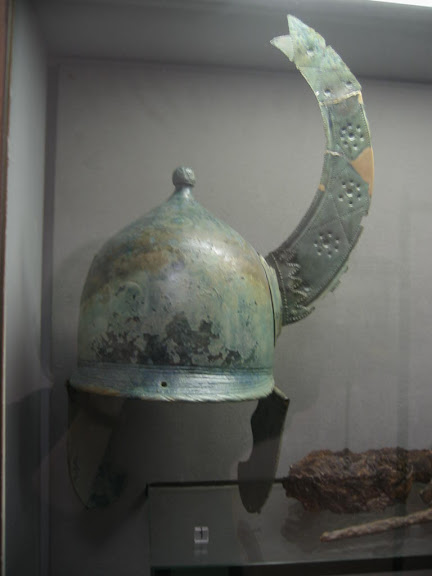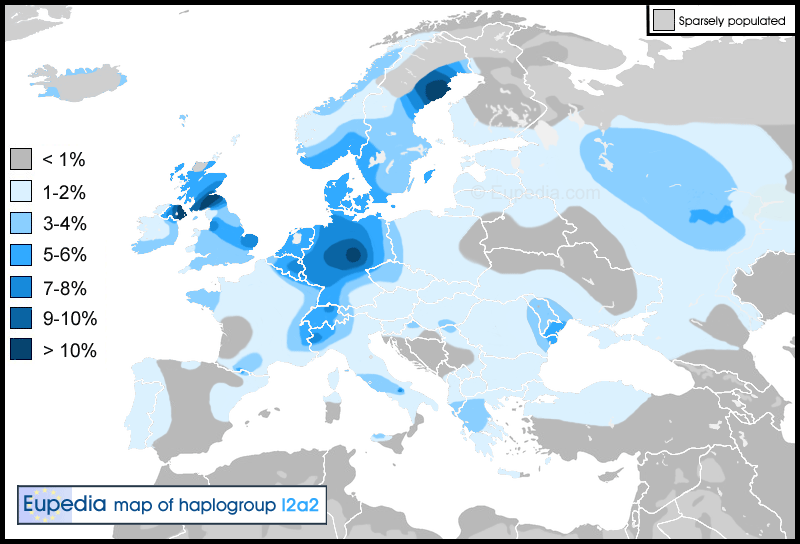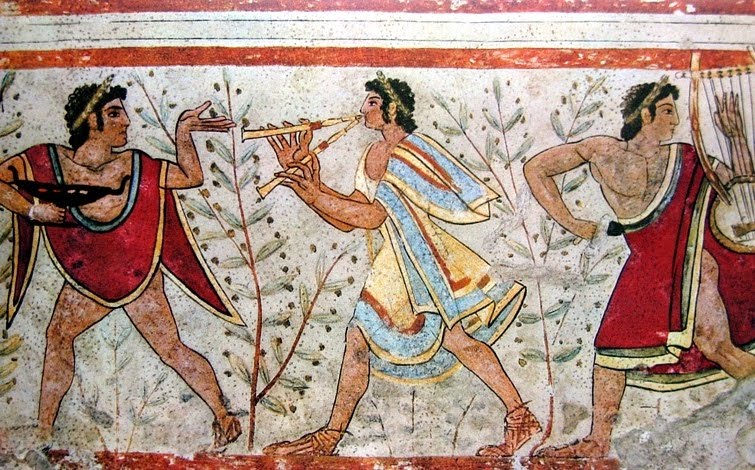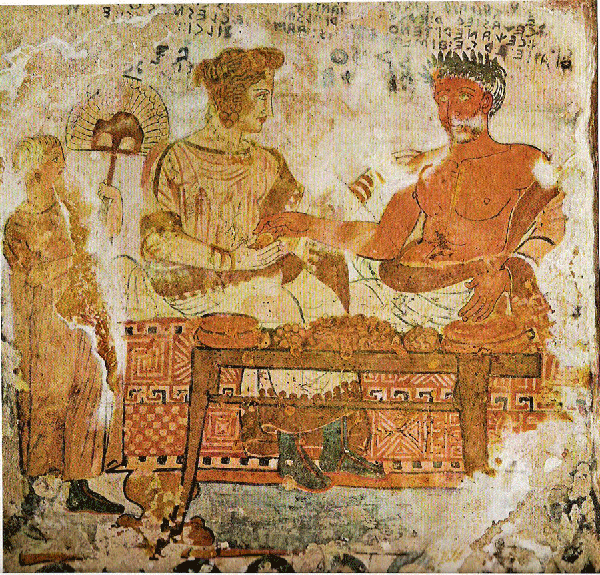u know what that means lugarians where probably italic. Hallstatt Celtic culture and villnoavean italic culture came from the same root late bronze age urnfield culture 3,200ybp. R1b U152 is centered in northern Italy and areas Villnoeven culture existed. Also liguraia today is apart of the center area of r1b s28 they have 30-40%. I am very sure they where Italic anyone who was not italic in italy 2,500-2,000ybp was a invader like estrucans i know italics dominated because how r1b s28 is in italy.
Thats because the Ligurians mixed with the Indo-European Umbrians [Ambronen];
The Insubres (IsOmbri) are Indo-European Umbrians -
Golasecca culture;
And its the Indo-European Umbrians [
Terremare - Urnfield(Villanova/Golasecca)] that share a common root
with the Indo-European proto-Kelts [
Tumulus - Urnfield];
Cambrian Institute - The Cambrian Journal (1862)
from Caius Sempronius (De Divis. Ital.,);
"The portion of the Apennines from the sources of the Tiber to the Nar, the Umbri inhabit, the oldest stock of the Old Gael, (Veteres Galli), as Augustus writes."
[
Apenninum colunt Ligures, portionem vero Apennini inhabitant Umbri, prima veterum Gallorum proies, ut Augustus scribit.]
James C. Prichard - Ethnography of Europe: Vol.III (1841)
Solinus informs us that Bocchus, a writer who has been several times cited by Pliny, reported the Umbri to have been descended from the ancient Gauls; and a similar account of their origin has been adopted, either from the same or from different testimony, by Servius, Isidore, and other writers of a late period.
[
Bocchus (affranchi lettre de Sylla) absolvit Gallorum veterum propaginem Umbros esse]
[
Umbri, Italiae gens est, sed Gallorum veterum propago]
Guy Bradley - Ancient Umbria (2000) [Oxford Uni. Press]
There is an interesting tradition that the name of the Umbrians came from their survival of a mythical flood: see Pliny, NH 3. 112. This tradition could go back at least to Marcus Antonius (Gnipho) in early 1st cent. BC. See Servius, Aen. 12. 753: sane Umbros Gallorum veterum propaginem esse Marcus Antonius refert: hos eosdem, quod tempore aquosae cladis imbribus superfuerunt Ombrous ἡ Ὀμβρική / Ὀμβρικός cognominatos. "Indeed Marcus Antonius reports that the Umbrians are an offspring of the ancient Gauls; and that this same people, because they survived the rains in a time of watery disaster, were called the Ombroi' "
Luke Owen Pike - The English and their Origin (1866)
If now we consult the Umbrian language with a view of discovering whether it approaches more nearly the Gaelic or the Cymric type, we find, scanty though the evidence may be, that Umbrian differs from Latin in precisely the same manner in which Cymric and Greek differ from Latin. The Latin qu becomes, in Umbrian as in Welsh and Greek, p: e.g. Latin quatuor, Umbrian petur, Welsh pedwar. The Welsh uch, uchel, appears as the Umbrian ucar, the Greek aixpog; the Welsh hwra as the Umbrian hri, the Greek aipsco;
This means a broader archaic Indo-European context
(manifested by the Urnfield culture complex)
from book:
Kristian Kristiansen - Europe before History (1998)
---
The Ligurians:
Plutarch -
Lives / Vol II-XIX
The shouts brought more of the barbarians to the spot..........they often called out their name Ambrones, either to encourage one another or to terrify the Romans by this announcement. The Ligurians, who were the first of the Italic people to go down to battle with them, hearing their shouts, and understanding what they said, responded by calling out their old national name, which was the same, for the Ligurians also call themselves Ambrones when they refer to their origin.
Franz Altheim - Grundlagen und Grundbegriffe (1956)
Später wurden die Ligurer von einem Stamm indogermanischer Herkunft überschichtet: den Ambronen. Ihr Name hat sich in zahlreichen Resten innerhalb des gesamtligurischen Gebietes erhalten.
TRANSLATION -
Later, the Ligurians were overlaid by a tribe of Indo-European origin: the Ambrones.
Their name has been preserved in numerous residues within the total Ligurian region.
The Ligurians were greatly mixed with the Indo-European Umbrians [Ambronen]; They even ascribed their origins to them;
How did the Ligurians look like:
Lucan - Pharsalia / Book I
Ligurian tribes, now shorn, in ancient days First of the long-haired nations [Barbarians], on whose necks Once flowed the auburn [reddish-brown] locks in pride supreme;
Theodor Arldt - Die Völker Mitterleuropas (1917)
Die alpine Rasse entspricht am besten den zur Römerzeit in den Westalpen und ihren Nachbarländern wohnenden Ligurern, so daß wir sie auch als ligurische Rasse bezeichnen könnten.
TRANSLATION-
The Alpine race best matches in the time of the Romans in the Western Alps and neighboring countries residing Ligurians, so that we could also call it Ligurian race.
I can go on about Anthropological quotes of
Brachycephalic Alpinoid Ligurians (akin to Lapps etc/); but you get the picture;
---
Ligurian [MONTEFORTINO TYPE] helmet - 275 BC
/ Berceto, Parma - North Italy
Boii (Iron-age
LaTene Gauls) [MONTEFORTINO TYPE] helmet /
Monterenzio Vecchio, Bologna - North Italy
The Montefortino type helmet was also used by the Early (later modified) Roman infantry;
